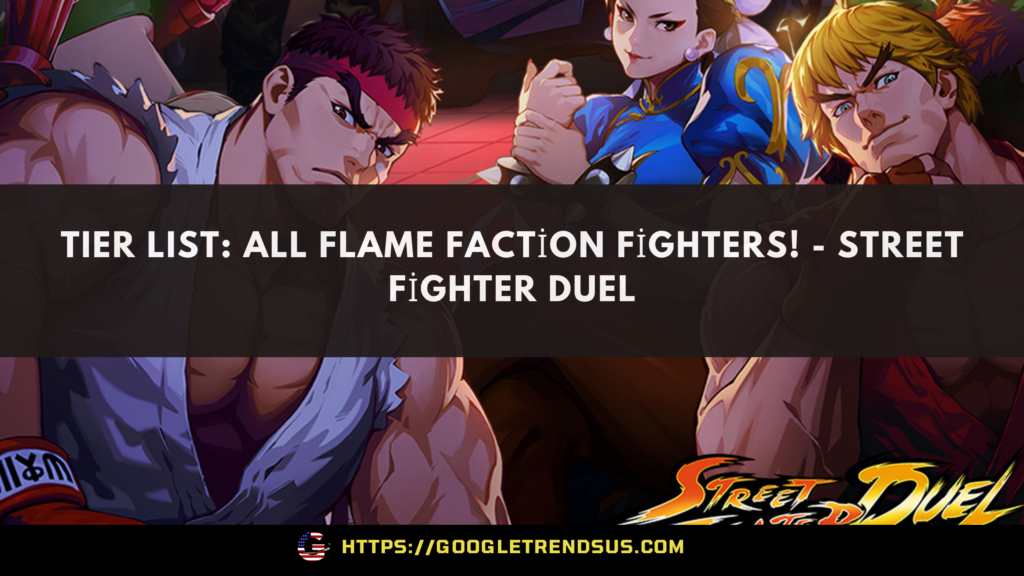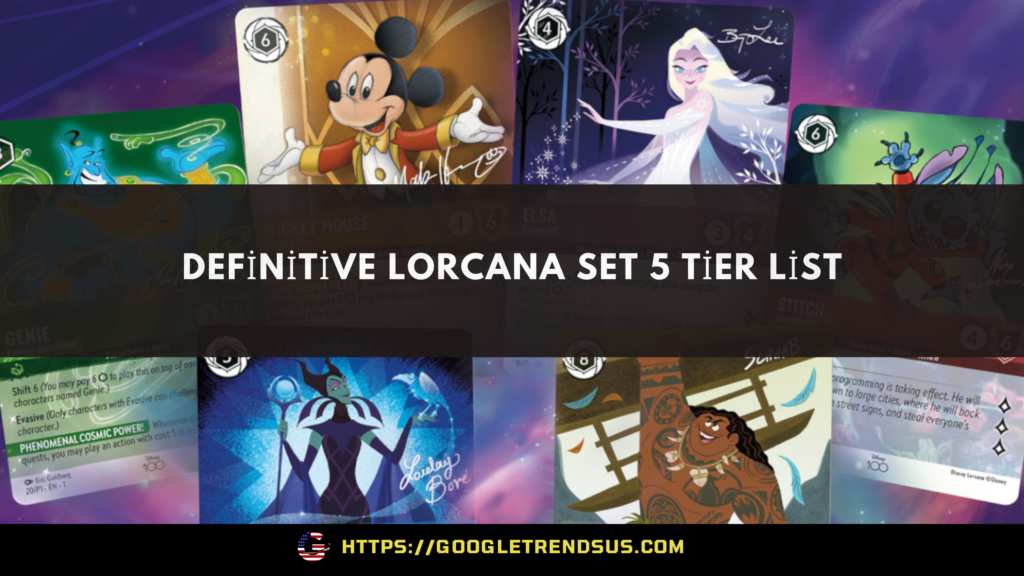Rust, one of the most popular survival games, has seen numerous updates and reworks over the years. The game, known for its harsh and competitive environment, requires players to survive against both the elements and other players. As the game has evolved, so have its mechanics, weapons, and overall gameplay. The latest rework in Rust has brought significant changes, especially to the game’s weapons, crafting system, and overall balance.
This guide will provide an in-depth overview of the Rust rework, focusing on the changes, how they impact gameplay, and a tier list ranking the best and worst elements introduced in the rework.
What is the Rust Rework?
The Rust rework refers to a series of updates and changes made by the developers to enhance the game’s mechanics, balance, and overall player experience. These reworks are essential in keeping the game fresh and challenging, ensuring that both new and veteran players find the gameplay engaging. The recent rework includes modifications to the crafting system, weapon balances, new items, and adjustments to existing gameplay features.
Key Changes in the Rust Rework
- Weapon Balance Adjustments: One of the most significant aspects of the Rust rework is the balancing of weapons. Several weapons have been adjusted to ensure fair play and to prevent any one weapon from dominating the meta. For instance, certain guns have had their damage output adjusted, while others have seen changes in their recoil patterns and reload times. These adjustments are crucial in creating a more balanced combat experience.
- Crafting System Overhaul: The crafting system has also been reworked to streamline the process and make it more intuitive for players. Some items have had their crafting times reduced, while others now require different resources. These changes aim to make crafting more accessible, allowing players to quickly get the items they need without unnecessary delays.
- New Items and Features: The rework has introduced several new items, including weapons, tools, and building materials. These additions give players more options for both offense and defense, as well as new ways to customize their bases. Additionally, some existing items have been given new uses or have had their mechanics tweaked to better fit the current gameplay.
- Base Building Enhancements: Base building, a core aspect of Rust, has seen several improvements in the rework. New materials and structures have been added, and existing ones have been balanced to ensure that bases are both secure and resource-efficient. The changes encourage creativity in base design, as players now have more tools at their disposal to defend against raids.
- Environmental Changes: The game world has also undergone changes in the rework, with new environmental hazards and resources being added. These changes affect how players interact with the world, adding new challenges and opportunities for resource gathering.
Rust Rework Tier List
The tier list categorizes the key elements of the Rust rework, ranking them based on their impact on gameplay, player feedback, and overall utility. The tiers range from S (the highest) to D (the lowest).
Rust Rework S-Tier (Top Tier)
- New Weapons: The new weapons introduced in the rework, such as the updated assault rifles and shotguns, have quickly become favorites among players. Their balanced stats and versatility make them essential tools in both PvP and PvE scenarios. These weapons have been praised for their reliability and power, making them a must-have in any player’s arsenal.
- Base Building Materials: The addition of new building materials has revolutionized base construction in Rust. These materials offer better protection against raids and allow for more complex and durable base designs. Players now have the freedom to build more creative and effective defenses, which is crucial in the competitive environment of Rust.
Rust Rework A-Tier (High Tier)
- Crafting System: The streamlined crafting system is another highlight of the rework. The reduction in crafting times and the introduction of new crafting recipes have made it easier for players to gear up and prepare for battles. While not as game-changing as the new weapons, the improved crafting system is a welcome addition that enhances the overall gameplay experience.
- Environmental Changes: The new environmental hazards and resources add a layer of complexity to the game, forcing players to adapt their strategies. These changes are particularly beneficial for experienced players looking for new challenges, though they may be daunting for newcomers.
Rust Rework B-Tier (Mid Tier)
- Weapon Balancing: The adjustments made to existing weapons are generally well-received, though some players have voiced concerns about certain weapons becoming too weak or too strong. While these changes are necessary for balance, they haven’t drastically altered the meta, placing them in the mid-tier.
- Existing Item Tweaks: Many existing items have received minor tweaks, such as changes to their crafting requirements or slight adjustments to their stats. These changes are beneficial but don’t have a significant impact on gameplay, making them a solid B-tier feature.
Rust Rework C-Tier (Low Tier)
- Minor Gameplay Changes: Some of the smaller gameplay changes, such as tweaks to resource gathering rates or adjustments to minor mechanics, have had little impact on the overall experience. While these changes are not detrimental, they don’t contribute much to the rework’s success.
- Cosmetic Items: The addition of new cosmetic items, while aesthetically pleasing, doesn’t influence gameplay. These items are mainly for players who enjoy customizing their characters and bases, but they don’t offer any competitive advantage.
Rust Rework D-Tier (Bottom Tier)
- Unpopular Balancing Decisions: Some of the balancing decisions in the rework have been met with criticism from the player base. Certain weapons and items have been nerfed to the point where they are no longer viable in competitive play, leading to frustration among players who previously relied on them. These decisions have been placed in the D-tier due to their negative impact on the player experience.
Conclusion
The Rust rework has brought a mix of exciting new features and necessary adjustments to the game. While some changes have been universally praised, others have sparked debate within the community. The introduction of new weapons, the overhaul of the crafting system, and the improvements to base building are all standout features that have positively impacted the game. However, certain balancing decisions have been less well-received, highlighting the challenge of maintaining balance in a constantly evolving game like Rust.
Overall, the rework has succeeded in refreshing the game and keeping it engaging for both new and veteran players. As with any update, there will be ongoing adjustments and tweaks based on player feedback, ensuring that Rust continues to be a dynamic and challenging experience.




